Innovation from Isolation: The SS-77 Machine Gun

During a tumultuous period in South Africa's history, the country faced international sanctions related to the apartheid government, which turned South Africa into an international pariah. These sanctions lasted from 1962 to 1991. During this time, South Africa was engaged in military conflicts, conducting counter-insurgency operations against communists and rebel forces from Angola in the 23-year-long South African Border War and the Rhodesian Bush War. This situation significantly strained the South African Defense Force's weapons, as the embargo prevented access to replacement parts or new arms.
In response, South Africa sought to develop new machine guns to replace its aging fleet of Belgian FN MAG-58s. This initiative was motivated by the need to produce domestically manufactured alternatives, enabling the country to create replacement parts and perform maintenance despite the restrictions imposed by the embargo, which limited its interactions with international firearm manufacturers.
In 1977, development began on a weapon designed by Richard Joseph Smith and Lazlo Soregi, after whom the gun was named. They provided the initial prototype to Lyttleton Engineering Works, now known as Denel Land Systems, in 1978. This company developed the initial prototypes that same year. Most weapon designers draw inspiration from successful existing designs, integrating practical features rather than reinventing the wheel, and the SS-77 is no exception.
The SS-77's side locking mechanism, inspired by the Goryunov SG43's asymmetric side-tilting locking bolt that may aid in lateral dispersion, and the barrel retention system and sights adapted from the FN MAG. This side-locking method simplifies the design by reducing the number of components. Additionally, the SS-77 features a replaceable, separately hardened locking shoulder. It also incorporates a dual recoil spring arrangement similar to the AR-18 assault rifle. The receiver is typically milled from a steel block to reduce individual parts, but this design increases milling operations. Closer to the process of manufacturing BREN guns that were in use at the time than MAG 58 riveted construction. A PKM-style three-position gas regulator was used in the initial design, though shortly dropped; having some adjustments is good, but having none eliminates the soldier's possibility of running it on the wrong setting and possibly damaging the weapon. This simplified and made the weapon a little bit cheaper.
After military trials, the SS-77 was adopted by the South African Defense Forces in 1986 and entered production. However, like many weapons, it faced initial challenges. The issues were primarily related to design specifications and quality control, particularly durability. Problems included a tendency for the gas piston to break, along with issues such as broken extractors. As a result, the weapons were removed from service in 1991 and stored until 1993, when significant adjustments were made to address these shortcomings.
In 1992, a separate project called the Mini-SS was initiated to develop a 5.56mm version of the SS-77. This was prompted by the U.S. adopting the FN Minimi as the M-249. The Mini-SS design eliminated unnecessary features such as tripod mounting points typically found on general-purpose machine guns, reducing the overall weight to 18.3 lbs (8.26 kg).
Remington import SS-77 MK-1 chambered in .30-06 Springfield. Photo credit: Lynndon Schooler
At SHOT Show 2018, I saw that the Remington Arms Company imported at least one 7.62x63mm (.30-06 Springfield) SS-77 MK1s; an interesting feature was the OEM suppressor. However, an RD USA M240 suppressor would be a good candidate. This was to test systems with increased range over standard chamberings, and it was an exciting approach. The Remington rep could only tell me it was for a government program.
The SS-77, with its resemblance to a Westernized PKM in appearance and its comparability to some of the best general-purpose machine guns, including the world-famous PKM, holds great potential. However, its reduced proliferation has affected its export potential. Yet, with the correct exposure, the SS-77 could have gone toe-to-toe with the M240 and PKM.
The latest development, the 7.62 DMG-5, is a promising solution. Having carried around a heavy M-240, I can appreciate lighter-weight medium or general-purpose machine guns. In this case, they achieved nearly a 20% weight reduction at the cost of an appropriate bipod. The DMG-5 weighs 18.3 lbs. (8.3 kg), compared to the SS-77's 22.7 lbs. (10.3 kg). The future is bright for continuing the legacy of the SS-77, creating a lighter general-purpose machine gun.
I want to emphasize that every soldier's experience can vary significantly. Proper weapon maintenance is crucial. Neglecting it can create the impression that a firearm has a poor design. In reality, many issues may stem from inadequate maintenance or from using weapons that have exceeded their expected service life. During my service, I had a particularly frustrating experience with worn-out M-249s. They aren't the worst design, but those ones should have been retired years ago.
Specifications:
- Caliber: 7.62x51, 5.56x45 and 7.62x63 (.30-06 Springfield)
- Weight: Para 21.3 lbs. (9.6 kg), Standard 22.7 lbs. (10.3 kg), Mini-ss 18.3 lbs. (8.26 kg)
- Length: 45.4 inches (1155mm), Mini-ss 39.37inches (1000mm)
- Feed: Belt 200 rounds, R1M1 disintegrating, M13 disintegrating links, DM-1 non-disintegrating link. Mini-ss M-27
- Barrel length: 21.6 inches (550mm), Mini-ss 20.2 inches (515mm)
- Rate of fire: 700-800 RPM
- Range: 800-1800 meters, Max 3700 meters

Lynndon Schooler is an open-source weapons intelligence professional with a background as an infantryman in the US Army. His experience includes working as a gunsmith and production manager in firearm manufacturing, as well as serving as an armorer, consultant, and instructor in nonstandard weapons. His articles have been published in Small Arms Review and the Small Arms Defence Journal. https://www.instagram.com/lynndons
More by Lynndon Schooler








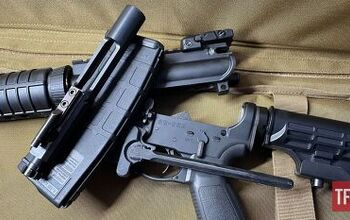
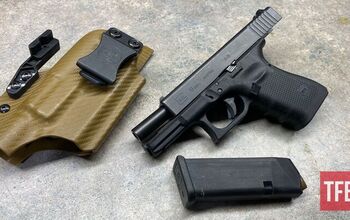
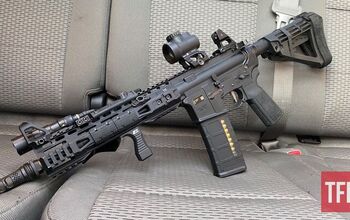



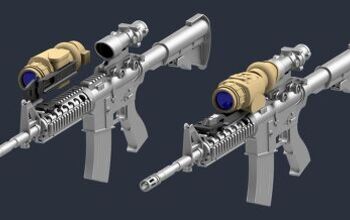

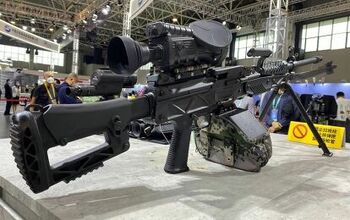


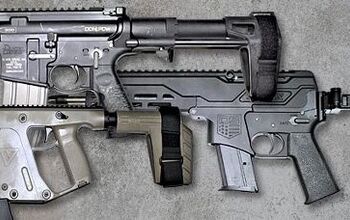


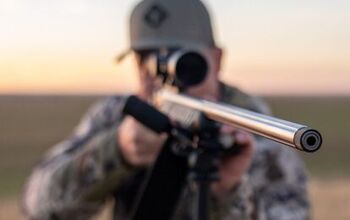



Comments
Join the conversation